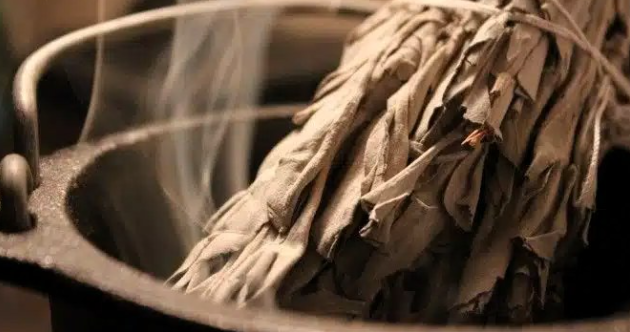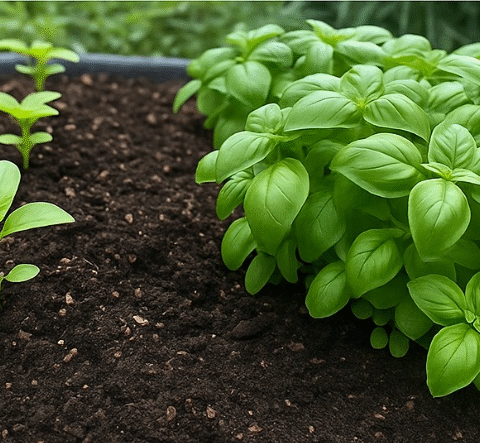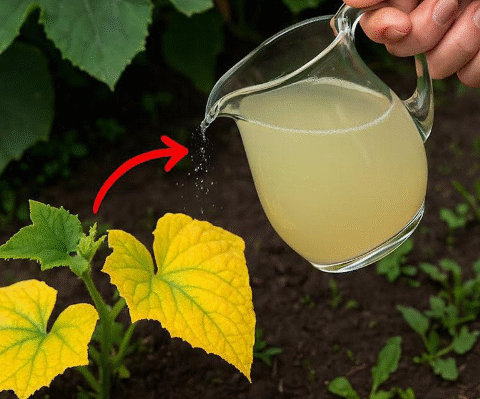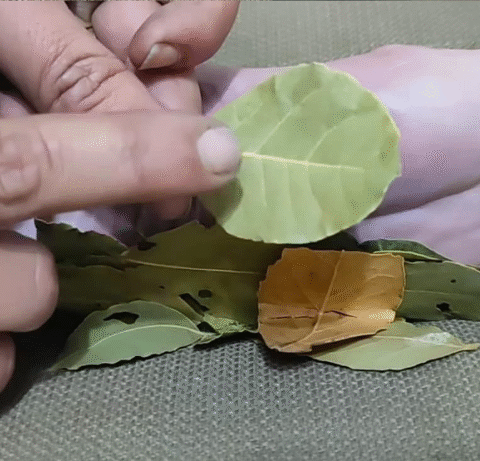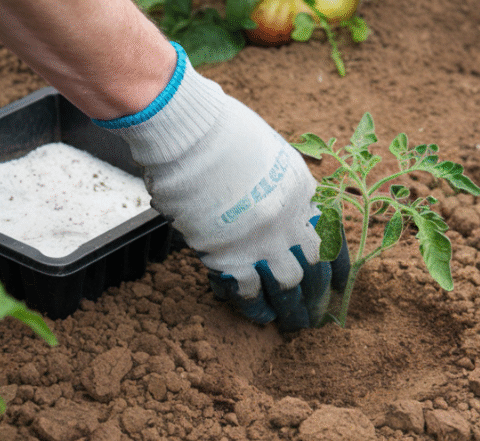The Science of Smudging: Does Burning Sage Really Kill Airborne Bacteria?
Smudging is a practice that has been used for centuries in many cultures around the world, especially by Indigenous peoples in North America. It involves burning sage and other herbs to purify the air, cleanse spaces, and remove negative energy.
While traditionally considered a spiritual or ritualistic act, modern science is beginning to explore whether smudging has tangible health and environmental benefits—especially regarding its purported ability to cleanse the air of harmful microbes.
🔬 What the Research Shows
Medicinal Smoke and Bacteria Reduction
In 2007, a study published in the Journal of Ethnopharmacology analyzed how medicinal herbal smoke affects airborne bacteria. Researchers led by Dr. Narendra Singh found that burning a mix of medicinal herbs (not including sage) reduced airborne bacteria by 94% in a closed room within one hour. Even after 24 hours, the air remained virtually free of harmful microbes, and some bacteria were undetectable even 30 days later.
However, it’s important to note this mixture—known as havan samagri—did not contain white sage. This distinction is crucial because the popular belief that sage alone is responsible for these effects is scientifically unverified.
| Component | Health Benefit | Measurement | Common Weight in Smudge Stick |
|---|---|---|---|
| 1,8-Cineole (Eucalyptol) | Antibacterial, anti-inflammatory | ~10-20% of essential oils | ~2-4g per 25g stick |
| Camphor | Antiviral, antimicrobial | ~5-10% | ~1-2g |
| Thujone | Insecticidal, antimicrobial | ~30-50% (in white sage) | ~7-12g |
🧪 What This Does—and Doesn’t—Prove
While the above study is promising, the following must be clarified:
- ✅ The study’s results apply to havan samagri—not sage alone.
- ❌ Sage was not among the herbs used in the study.
- ❌ No peer-reviewed study has confirmed that burning sage alone achieves the same level of air purification.
- ❌ These findings do not indicate any protection against viruses like COVID-19.
🌿 Sage’s Natural Properties
Although sage smoke hasn’t been proven to kill airborne bacteria directly, the herb contains several bioactive compounds known for health-promoting properties:
- 1,8-Cineole (Eucalyptol): Antimicrobial and anti-inflammatory effects.
- Camphor: Antibacterial and insect-repelling properties.
- Thujone: Known for antimicrobial and mild psychoactive effects in large doses.
Mental & Emotional Benefits
Sage has also been studied for its cognitive and emotional effects. Inhaling sage or using its oil in aromatherapy has shown minor improvements in mood, mental clarity, and anxiety reduction in small-scale studies. However, these results pertain to oils or extracts, not to smoke.
⚠️ Potential Risks of Smudging Indoors
Burning any organic matter indoors—including sage—creates particulate matter (PM2.5), which can aggravate asthma, respiratory conditions, and contribute to indoor air pollution.
- 🚫 A study showed PM2.5 levels from burning sage can exceed EPA safe limits.
- 🚫 Smoke contains irritants like formaldehyde and acrolein.
- ✅ Safe only in well-ventilated spaces and infrequently.
✅ Safe Smudging Tips
- Use a fireproof bowl or abalone shell.
- Ventilate well—
